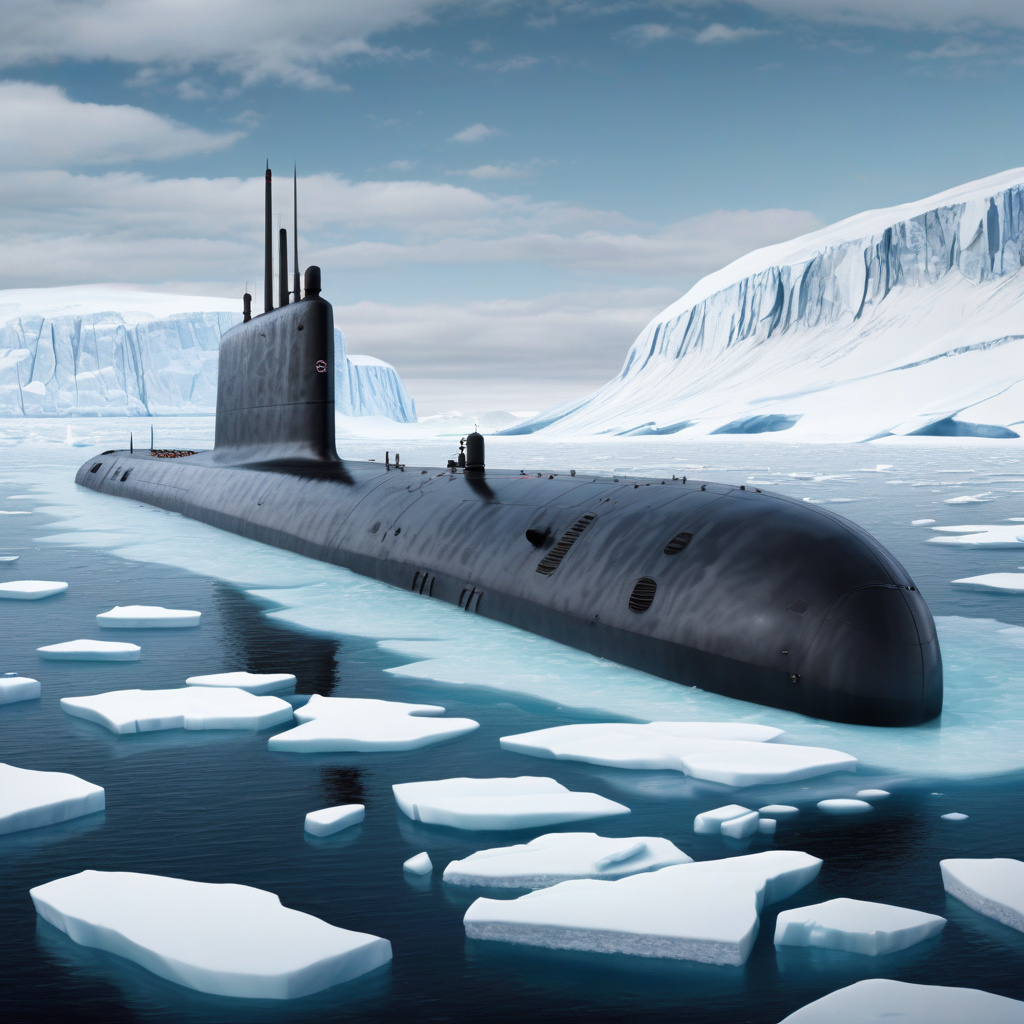Nuclear-Powered Submarines: The Future of Gas Transportation in the Arctic for Russia
Russia is advancing work on nuclear-powered, LNG-carrying submarines. The vessel will be used for the transportation of natural gas through the Arctic region, marking a significant technological leap in the energy and transportation sectors. This ambitious project highlights Russia’s commitment to innovation and sustainability in its energy practices, as well as its strategic positioning in the global gas market.
The concept of using nuclear-powered submarines for gas transportation is not entirely new. Nuclear-powered vessels have been utilized for military purposes for decades, offering extended range and endurance compared to conventional diesel-powered counterparts. By applying this technology to civilian use, Russia aims to revolutionize the way natural gas is transported, particularly in remote and challenging environments like the Arctic.
One of the key advantages of nuclear-powered submarines in gas transportation is their ability to navigate icy waters with ease. The Arctic region, which is rich in natural resources including natural gas, has increasingly become a focus for energy exploration and transportation due to melting ice caps and the opening of new shipping routes. Traditional ice-breaking tankers face numerous challenges in these harsh conditions, requiring costly icebreaker escorts and posing environmental risks in the event of a spill.
In contrast, nuclear-powered submarines offer a more efficient and environmentally friendly solution. These submarines can operate autonomously for long periods, reducing the need for support vessels and minimizing the risks associated with manned operations in remote areas. Additionally, their advanced propulsion systems enable them to move swiftly through ice-covered waters, providing a reliable and timely means of transporting natural gas to global markets.
The use of nuclear power also brings significant economic benefits to gas transportation. By eliminating the need for traditional fuel sources, such as diesel or heavy oil, nuclear-powered submarines offer cost savings and operational efficiencies over the long term. While the initial investment in nuclear propulsion systems is substantial, the potential for lower operating costs and increased profitability makes this technology an attractive option for energy companies looking to streamline their transportation networks.
Furthermore, the development of nuclear-powered submarines for gas transportation underscores Russia’s position as a leader in nuclear technology. With decades of experience in operating nuclear-powered icebreakers, Russia has the expertise and infrastructure necessary to support this innovative project. By leveraging its nuclear capabilities, Russia can secure a competitive edge in the global energy market and strengthen its influence in the Arctic region.
As Russia continues to advance its work on nuclear-powered, LNG-carrying submarines, the world watches with anticipation to see the impact of this groundbreaking technology on the energy sector. The successful deployment of these submarines for gas transportation in the Arctic could pave the way for new opportunities in energy exploration, production, and distribution, shaping the future of global energy trade for years to come.
In conclusion, the use of nuclear-powered submarines for gas transportation represents a bold and forward-thinking approach to energy innovation. By combining nuclear technology with maritime transportation, Russia is poised to revolutionize the way natural gas is transported through the Arctic, setting a new standard for efficiency, sustainability, and reliability in the energy industry.
Russia, submarines, Arctic, gas transportation, nuclear power












